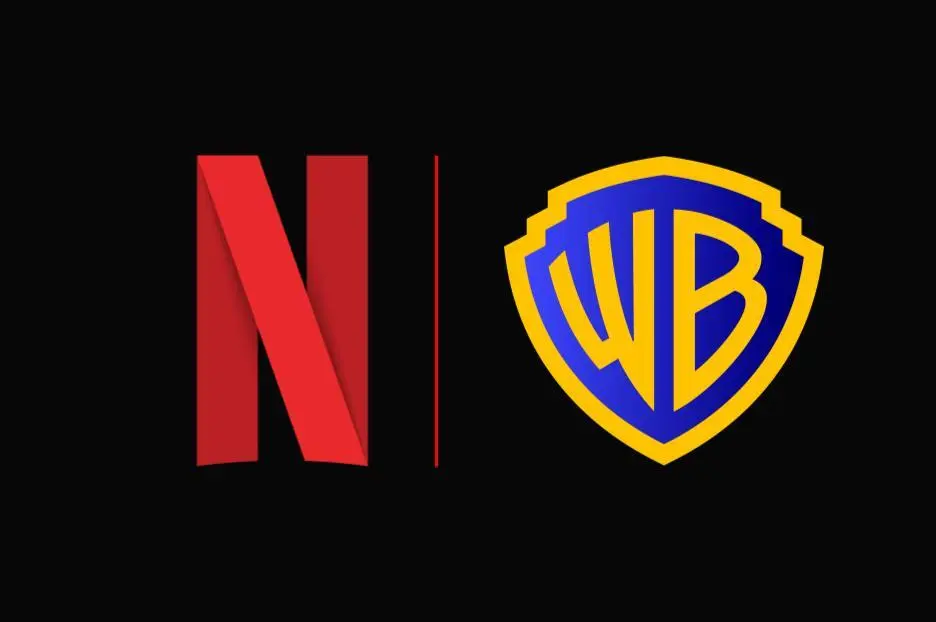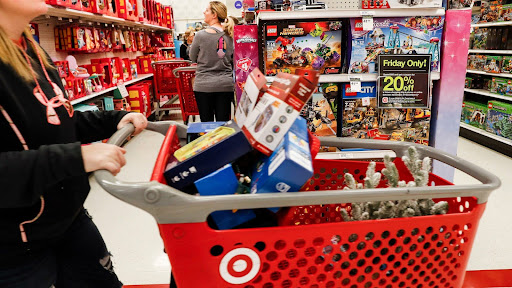How To Find Efficiency With Native Advertising

May 07 | 2021

In the age of the digital duopoly, network diversification is more important than ever.
Ever-changing privacy and data policies surrounding major platforms like Facebook and Google mean that advertisers can never have 100% certainty on the effectiveness of their advertising.
That’s why over the past decade, native advertising has exploded as a unique opportunity for content markets to reach unique visitors (often for a fraction of the cost required from popular social platforms).
Native advertising can take on many forms, but at the end of the day, it’s all about getting your content in front of a user who is already reading similar content. Native is a technique used in paid advertising that matches the look, feel, and function of the media format in which they already appear. Therefore, native advertisements don’t look like advertisements at all considering their non-disruptive context.
But considering the extremely high efficiency of traditional social media ads, why even bother with native advertising? For one, consumers actually view native ads 53% more than display ads. Moreover, these native ads allow for an 18% increase in purchase intent with a smaller increase in visual engagement. Finally, native ads can fight ad fatigue as brand exposure cloaked in editorial content will not tire out your audience as quickly as display ads.
And while there are many different types of native advertising, here at GeistM, we pride ourselves on our proficiency in programmatic native advertising. Programmatic native advertising brings native to a new frontier by enabling brands and businesses to optimize their native advertising ROI (Return On Investment) by using programmatic auction of native ads via RTB (Real Time Bidding).
To offer a quick overview of how this works, first a SSP (Supply Side Platform) sends a bid request on behalf of the publisher. From there, the DSP (Demand Side Platform) responds with metadata metrics such as headline, thumbnail image, URL, or description text. Based on the relevancy of the metadata and the competitiveness of the bid, the SSP selects the winning ad and configures the native ad into a template fit for a web page or app.
However, what really makes or breaks success when it comes to native advertising is the targeting and optimization efforts. For example, GeistM recently set out to lower the CPA of a client in the Health & Wellness vertical through native advertising efforts. To accomplish this, we leveraged Verizon Media’s Predictive Segments which is composed of over 2 billion digital touchpoints directly tied to pixel events which dynamically refresh on a daily basis. The result saw turbo-look-alike audiences that provided significant traction from the get-go, lowering CPAs by nearly 300% over several weeks.
Similarly, GeistM leverages a similar feature courtesy of Taboola called Attentive Audiences, instead of traditional remarketing audiences (like site visitors) to drive down our client’s retargeting CPA. Taboola’s Attentive Audiences are constructed via the Taboola Pixel which helps the algorithm define a retargeting audience based on a myriad of customer behaviors such as number of recurring visits, time spent on site, scroll depth, number of pages viewed, and more.
Arguably our most used platform when it comes to native advertising has to be Outbrain, and for good reason. Of all of the programmatic native ad platforms out there, Outbrain gives marketers an extremely flexible pay-per-click model that provides full control over how your budget is spent. Targeting and exclusions based on CPCs allow you to maximize ROI by making adjustments to dimensions such as geo-location, device, time of day, publisher, creative, and more.
Not only does native advertising provide an exciting opportunity for diversification, it can also be extremely economical if done correctly. To get started on your native efforts, contact us today at bd@geistm.com.










